Intrabiliary rupture of hepatic hydatid cyst
Citation, DOI, disclosures and article data
At the time the article was created Pir Abdul Ahad Aziz Qureshi had no recorded disclosures.
View Pir Abdul Ahad Aziz Qureshi's current disclosuresAt the time the article was last revised Liz Silverstone had no financial relationships to ineligible companies to disclose.
View Liz Silverstone's current disclosuresIntrabiliary rupture of hepatic hydatid cyst is a common complication associated with hepatic hydatid cysts. It is important to appreciate the direct and indirect signs of this condition.
Radiographic features
The radiological features of intrabiliary rupture of a hepatic hydatid cyst can be classified into direct and indirect signs which can be seen on CT, ultrasound, and MRI. However, studies have shown increased value of MRCP in diagnosis.
Direct signs
direct visualization of cystobiliary communication
Indirect signs
break in cyst wall adjacent to a bile duct
cystic material within the biliary tree or gallbladder
distorted shape of cyst representing reduced intracystic pressure secondary to rupture
presence of gas-fluid or fat-fluid level within the cyst
displacement of bile ducts due to extrinsic pressure
beak-like projection of cyst wall
References
- 1. Erden A, Ormeci N, Fitoz S, Erden I, Tanju S, Genç Y. Intrabiliary Rupture of Hepatic Hydatid Cysts: Diagnostic Accuracy of MR Cholangiopancreatography. AJR Am J Roentgenol. 2007;189(2):W84-9. doi:10.2214/AJR.07.2068 - Pubmed
Incoming Links
Related articles: Pathology: Hepato-Pancreato-Biliary
- liver
- depositional disorders
- infection and inflammation
- liver abscess
- hepatic hydatid infection
- cirrhosis
- hepatitis
- cholecystitis
- cholangitis
- malignancy
- liver and intrahepatic bile duct tumors
- benign epithelial tumors
- hepatocellular hyperplasia
- hepatocellular adenoma
- hepatic/biliary cysts
- benign nonepithelial tumors
- primary malignant epithelial tumors
- hepatocellular carcinoma
- hepatocellular carcinoma variants
-
cholangiocarcinoma
- intra-hepatic
- mass-forming type
- periductal infiltrating type - Klatskin tumors
- intraductal growing type
- extra-hepatic/large duct type
- intra-hepatic
- biliary cystadenocarcinoma
- combined hepatocellular and cholangiocarcinoma
- hepatoblastoma
- undifferentiated carcinoma
- primary malignant nonepithelial tumors
- hematopoietic and lymphoid tumors
- primary hepatic lymphoma
- hepatic myeloid sarcoma (hepatic chloroma)
- secondary tumors
- miscellaneous
- adrenal rest tumors
- hepatic carcinosarcoma
- hepatic fibroma
- hepatic hemangioma
- hepatic Kaposi sarcoma
- hepatic lipoma
- hepatic mesenchymal hamartoma
- hepatic myxoma
- hepatic rhabdoid tumor
- hepatic solitary fibrous tumor
- hepatic teratoma
- hepatic yolk sac tumor
- inflammatory myofibroblastic tumor (inflammatory pseudotumor)
- nodular regenerative hyperplasia
- pancreatic rest tumors
- primary hepatic carcinoid
- benign epithelial tumors
- liver and intrahepatic bile duct tumors
- metabolic
- trauma
-
vascular and perfusion disorders
- portal vein related
- hepatic artery related
- hepatic veins related
- inferior vena cava related
- other
- third inflow
- liver thrombotic angiitis
- infra diaphragmatic total anomalous pulmonary venous return (TAPVR)
- hereditary hemorrhagic telangiectasia (Osler-Weber-Rendu disease)
- pancreas
-
pancreatic neoplasms
- cystic neoplasm (cystic pancreatic mass differential diagnosis)
- solid neoplasm
- non-epithelial pancreatic neoplasms
- others
- simple pancreatic cyst
-
pancreatitis (mnemonic for the causes)
- acute pancreatitis
- chronic pancreatitis
- Ascaris-induced pancreatitis
- tropical pancreatitis
- autoimmune pancreatitis
- emphysematous pancreatitis
- hypertriglyceridemia-induced pancreatitis
- hereditary pancreatitis
- pancreatitis associated with cystic fibrosis
- pancreaticopleural fistula
- segmental pancreatitis
- pancreatic atrophy
- pancreatic lipomatosis
- pancreatic trauma
- pancreatic transplant
-
pancreatic neoplasms
- gallbladder and biliary
- congenital malformations and anatomical variants
- gallstones
- gallbladder inflammation
- bile ducts inflammation
- gallbladder wall abnormalities
- other gallbladder abnormalities
- bile duct dilatation (differential)
- bile duct wall thickening (differential)
- bile ducts neoplasms


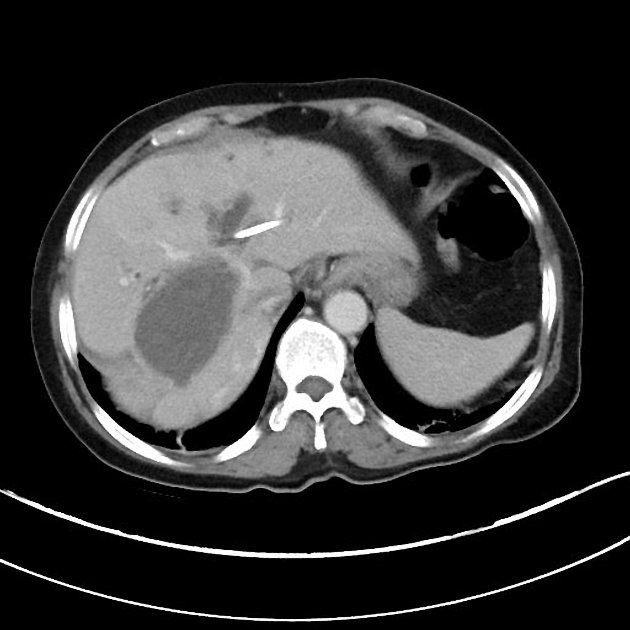
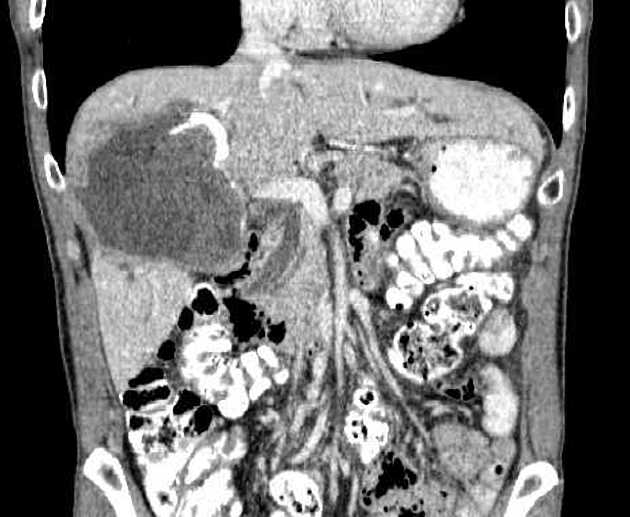
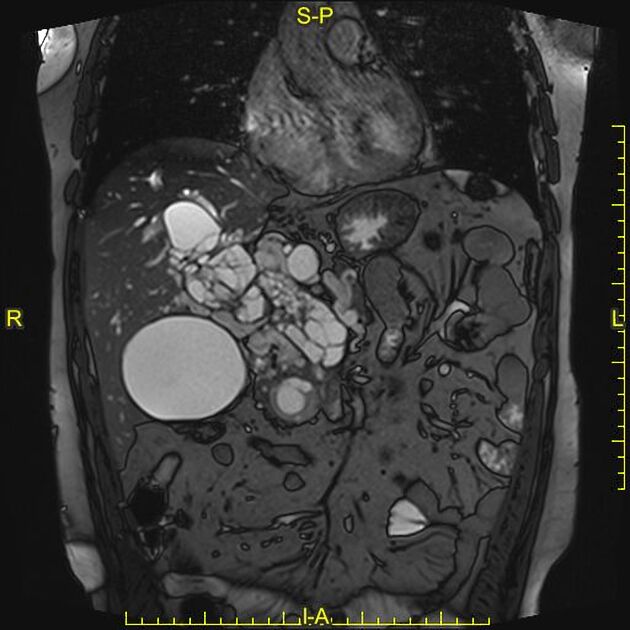
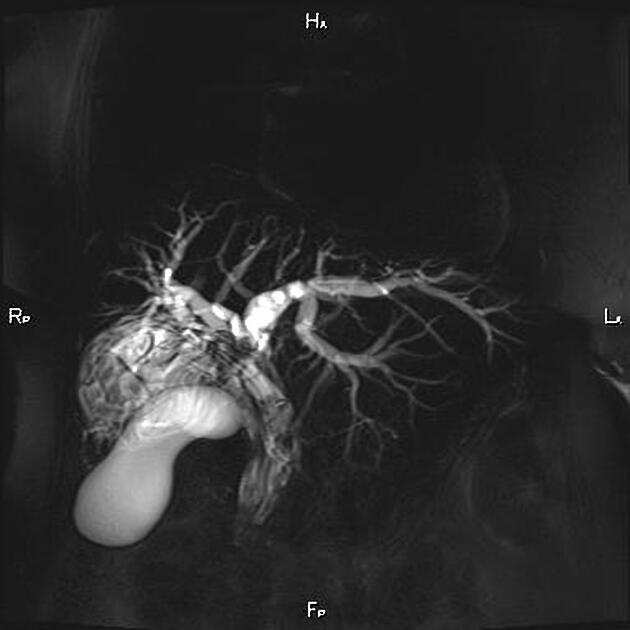

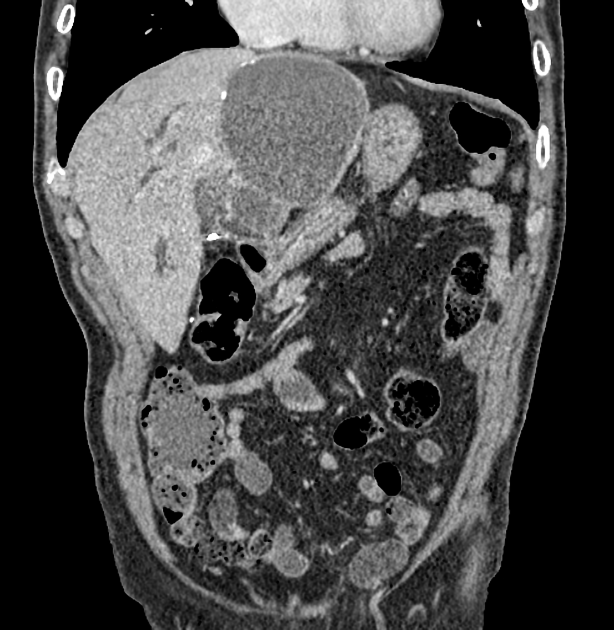


 Unable to process the form. Check for errors and try again.
Unable to process the form. Check for errors and try again.